In the world of Audio equipment, in-ear monitors (IEMs) are the go-to choice for audiophiles and music lovers seeking superior sound quality, comfort, and noise isolation. If you’re looking for the Best IEMs under 3000, you’re in the right place! Whether you’re new to IEMs or already an audiophile, it’s essential to understand what sets IEMs apart from regular earphones and why they provide an exceptional listening experience. In this article, we’ll explain what IEMs are, how they differ from traditional earphones, and highlight the best options available under 3000.
What Are In-Ear Monitors (IEMs)?
Hi guys, this is Buchi. You’re probably listening to the term “in-ear monitor” for the first time while you’re browsing this incredible collection of headphones on our website, and you’re asking yourself, “What’s an in-ear monitor and how is it different from any other regular earphone that you may have out there?” So, I’m gonna try to explain to you what the term “in-ear monitor” or IEM really means.
In-ear monitors (IEMs) are specialized earphones designed to provide superior sound quality and comfort compared to regular earphones. Created for musicians to listen to themselves on stage, IEMs offer better noise isolation and sound clarity. Unlike traditional earphones, IEMs are crafted to fit snugly in the ear canal, blocking out external noise and delivering crystal-clear sound across a range of frequencies.
Difference Between Regular Earphones and IEMs
Now, most of us are familiar with an in-ear headphone. It’s a canal-type earphone with a silicone earbud that goes inside the ear canal and gives you a really nice, tight fit, blocking out the outside sound. A lot of the earphones that you and I have been using over the last 10-15 years are all in-ear earphones that go in. It’s different from the open-style earbuds that sometimes people who have foldable phones lying around are familiar with, which sit on the outside. An in-ear earphone goes in, but in-ear monitors are very different from in-ear earphones.
The Purpose of In-Ear Monitors
In-ear monitors are built for only one purpose: for them to sound incredible. You’ll find that the music can sound lifelike, can sound realistic, and you see that if they fit in your ear, they do a great job of blocking out the outside sound while remaining comfortable enough for you to wear for many hours at a stretch.
Best IEMs Under 3000
When searching for the best IEMs under 3000, several options offer exceptional sound quality without breaking the bank. Here are some top picks:
- KZ EDC Pro
- KZ Caster Pro
- Salnote Zero
- Tangzu Banner Classic
- Rose Technics Aurora Ultra
- Moondrop CH2 DSP
KZ EDC Pro: The Budget-Friendly Option
Let’s start with the cheapest one, the KZ EDC Pro. This is one of my top recommendations for anyone on a tight budget. It’s a really nice-sounding IEM compared to its counterparts. It’s really smooth. Box presentation-wise, it’s nothing special, KZ isn’t known for their fancy packages, but that’s all right – we’re focusing on value IEMs here. These IEMs look big, but they’re actually really lightweight, mainly because the plastic is thin, and there’s a lot of space inside. The cable is fine for the price, nothing remarkable.
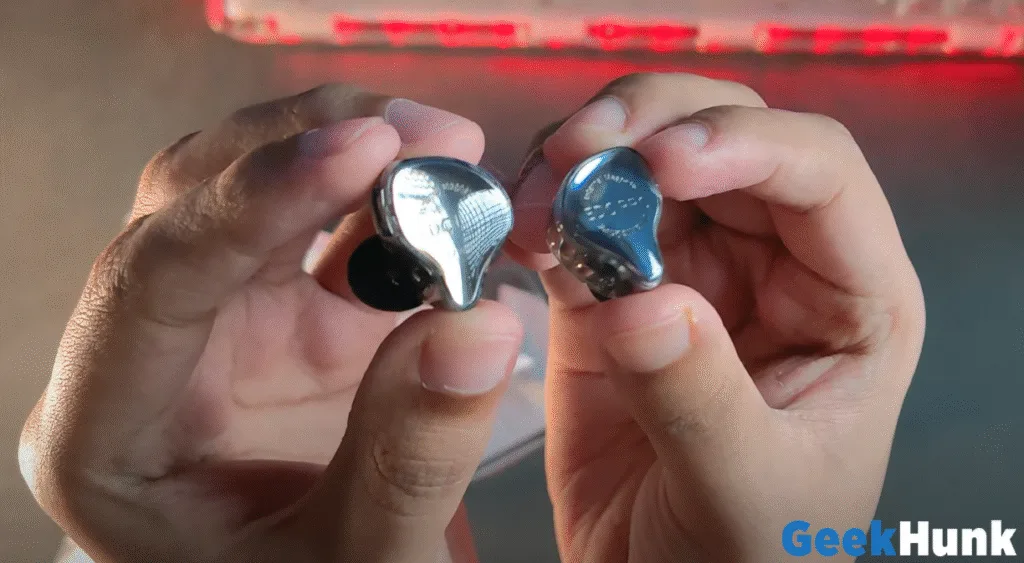
Sound-wise, these are one of the smoother KZs you can get. They still sound somewhat U or V-shaped, with tons of sub-bass, a bit too much for my liking, but again, nothing bad. I’m treble-sensitive, and I don’t like KZ’s spiky design, so that’s why the ZSN series is out of the question for me. The same goes for the EDX. Even though they’re named similarly, EDC and EDX sound vastly different – don’t make that mistake.
That’s why I recommend the EDC Pro. The EDX Pro isn’t bad for those who like that sharp, energetic signature, but since I’m giving my opinion, the EDC Pro is my recommendation. It’s excellent for the price.
Strengths:
- Smooth sound with a U/V-shaped signature
- Great sub-bass response for budget range
- Lightweight and comfortable for long sessions
- Excellent entry-level choice for beginners
Limitations:
- Plastic build feels basic
- Cable quality is average
- Slightly too much sub-bass for some listeners
Also Check: KZ EDC Pro Review
KZ Caster Pro: An Affordable Upgrade
Next, let’s try something higher, the KZ Caster Pro. We’ve already tried the KZ Caster. I liked it, but this one’s the pro version with some changes. Most people say it sounds similar, so it’s not an upgrade as such. I agree, but it’s still a nice, affordable IEM, so if you’re getting one, might as well get the pro.
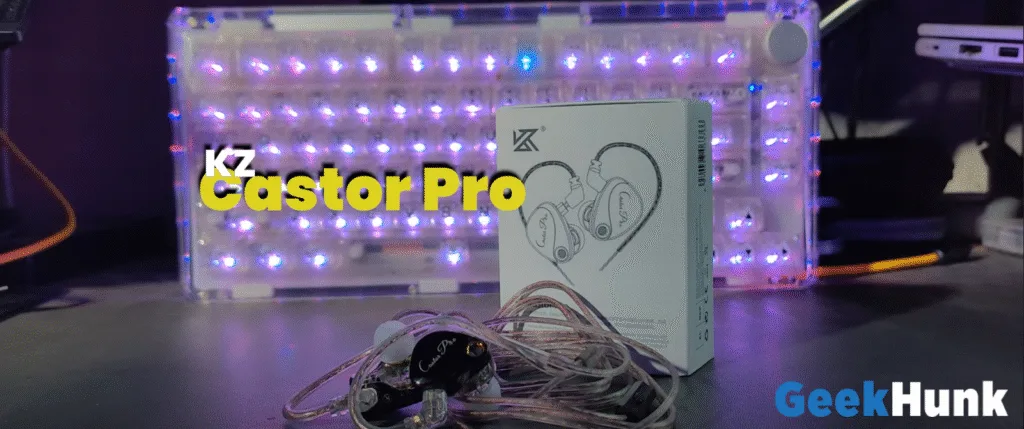
It still has those switches on the back that we saw with the older Caster – the first two are for sub-bass and bass, the next two are mid and top-end. These have way more mid-range than any other IEM I’ve seen, especially at this price. Extremely energetic, tons of bass and top-end, so yeah, you’ll have a fun experience with these. These are nice for gaming as well.
Switch position-wise, I would recommend “D” for bass-centric music and “DD UD” for gaming. That’s what I like the most, but of course, you can experiment for yourself.
Strengths:
- Offers more mid-range compared to other IEMs in this price
- Excellent for gaming with clear top-end
- Customizable sound signature with bass and treble switches
Limitations:
- Sound may be too energetic for some listeners
- Not a drastic upgrade over the original Caster
- May not suit those who prefer a more neutral sound profile
Salnote Zero: Smooth and Refined
Next, let’s look at another fan favorite, the Salnote Zero. We’ve already tried the 02; you can check that video if you wish. I was curious to see the Zero, and I got them. I like these more than the 02 because they have slightly better top-end and not as much sub-bass. They sound more refined compared to the KZs we talked about.
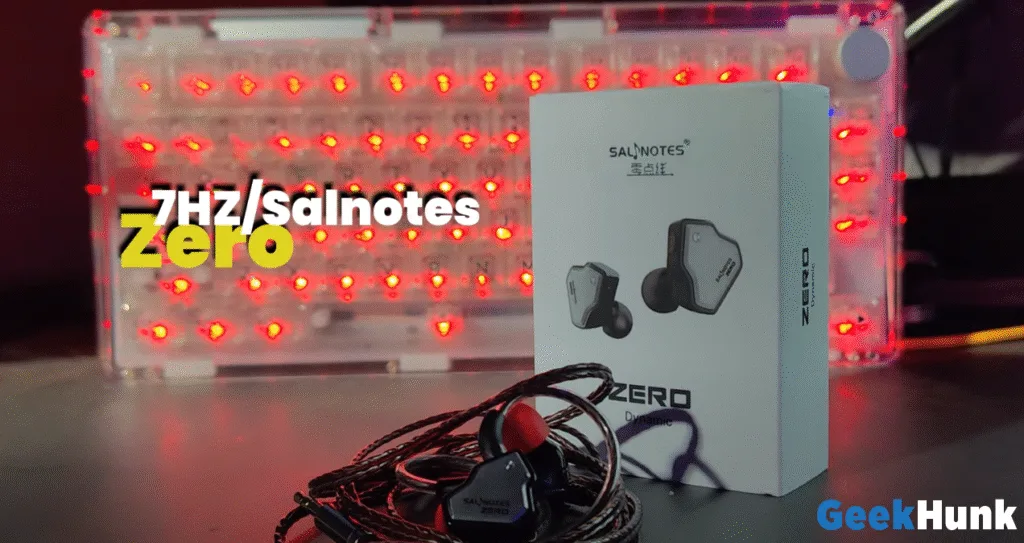
These have absolutely no harshness or sibilance. It’s a great sound representation, which I describe as comfortable. Similar to the EDC Pro, nothing will jump out and surprise you with spikes. It’s a very predictable experience. I like that, and yeah, they do sound better than the EDC Pro because they are priced higher and are tuned better.
Strengths:
- No harshness or sibilance
- Balanced, smooth, and refined sound
- Better top-end than similar budget IEMs
Limitations:
- Lack of bass punch may not satisfy bass-heads
- Not as energetic as other IEMs in this price range
- Might be considered too neutral for some listeners
Tangzu Banner Classic: Stylish and Relaxing
Now, let’s look at one of my favorites, the Tangzu Banner Classic. I’ve already seen the studio edition of this. It was really lovely, but this is the classic version or the SG version. It has stronger bass and a microphone, which might appeal to more people.
No one has their unboxing game down like Tangzu in this budget. Look at this presentation with the artwork on the box. You also get a cleaning cloth. What else do you want? Forget the IEMs; that’s the MVP here.

This IEM has a lot of color schemes and variations depending on their collaborations and stuff, so that you might see a ton of different versions of this, but as long as the model is the same, the sound should be the same. The cable on this is also one of the best I’ve seen at this price.
Sound-wise, these are similar to the Salnote Zero but with better vocals, and I actually prefer this one a little bit more. They have powerful sub-bass, good mid-bass, and a very relaxed treble. Again, similar to the Salnote Zero – easy to listen to. The Zero, compared to this, has better upper mid-range presence so that the vocals might be a bit forward there, but this one is a little bit laid-back to me.
This is a great passive listening IEM. You know, if you want something in your ears when you’re working or traveling, you don’t like something to distract you, but you want a good, pleasurable experience. This is an excellent option for that.
Strengths:
- Stylish design with high-quality unboxing experience
- Powerful sub-bass with a relaxed treble
- Comfortable for long passive listening sessions
- Good mid-bass with rich vocals
Limitations:
- May feel laid-back for listeners who prefer more aggressive highs
- Limited color scheme variations
- Lacks some upper mid-range presence compared to others
Rose Technics Aurora Ultra: Perfect for Gaming
The soundstage is okay in these IEMs, too. You can use them for gaming if you wish, although the Caster is better because it has that sharp top-end. But there’s something better than the Caster for gaming without having that harsh treble, and that’s this thing, the Rose Technics Aurora Ultra.
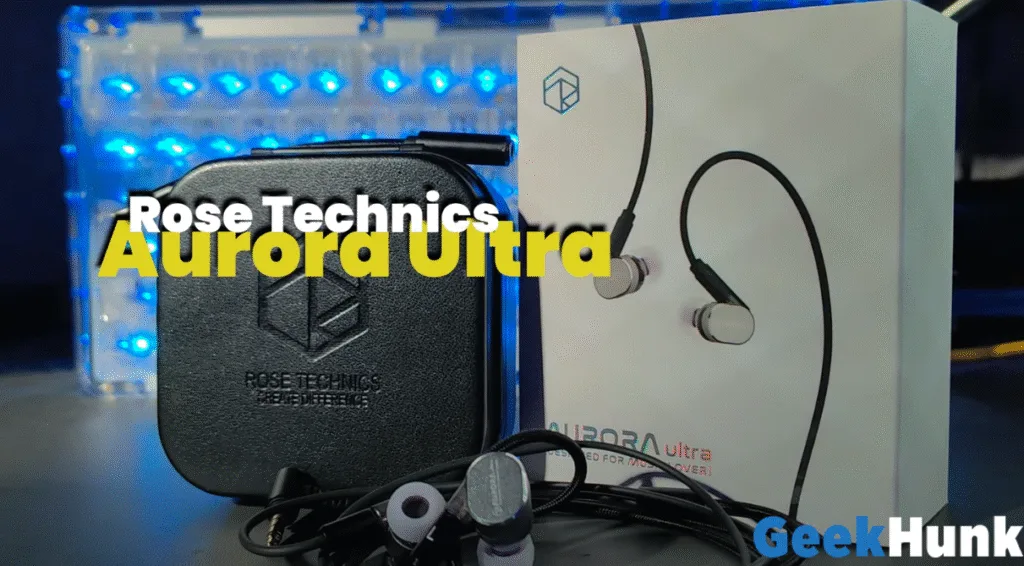
This is a new IEM I haven’t tried before. Unlike all of the others, this was my first experience, and I was surprised. The box itself is the heaviest of the bunch, and seeing that heavy box, I was excited. But turns out, it’s just a giant carrying case – that’s where most of the weight came from. It’s a nice carrying case, but you’ll need a backpack for this – I don’t think it’s comfortable in your pockets.
The ear tips are nicer on this; you can see how wide open it is. They have individual packets for each IEM. The cable is average, and it’s a weird half-braided, half-round cable. The IEMs themselves have a pretty interesting shape. They’re super tiny, much smaller than any other IEM I’ve seen, except maybe the Moondrop Shozy. They are really comfortable, and that’s one reason I call these better for gaming.
The second reason is their unique treble implementation. This interesting spike accentuates certain sounds like drum cymbals or chimes without being sharp. At my usual listening volume of around 40%, this did not give me any sharpness, but the soundstage was excellent. When you’re purchasing these, there’s an option to buy an additional DAC from Rose Elsa if you wish. Otherwise, you can leave it out and pair it with your own DAC. Based on my testing, the Audio Killer D07 performs better than the Rose Elsa DAC, so I suggest you get that instead.
Strengths:
- Exceptional comfort and small form factor
- Unique treble spike for accentuating cymbals and chimes
- Excellent soundstage with no harshness in the treble
- Great for gaming with a balanced sound profile
Limitations:
- Carrying case is bulky and impractical for portability
- Not the best for those who prefer a flat, neutral signature
- The DAC option is not necessary for all users
Moondrop CH2 DSP: A Narrow Soundstage
Finally, let’s talk about the Moondrop CH2 DSP version. Yes, we’ve already seen the CH2 3.5mm version, the one without a mic. I love the sound from it and recommended it to a lot of people, but this one’s the DSP version with Type-C termination. Let’s see how it performs now.
I will say that the CH2 DSP was the most underwhelming of the bunch. For some reason, the soundstage was very narrow. Everything felt boxed in. It wasn’t the usual clarity and separation I was expecting from the regular CH2.
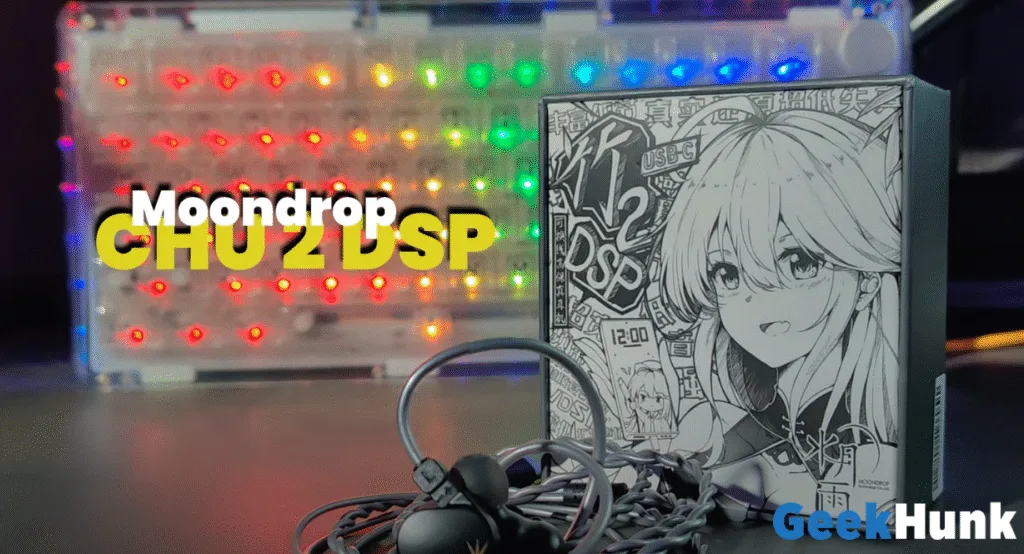
That means the DAC on this is not doing a good job or doing it full justice. Since it’s USB-C, I couldn’t connect a separate DAC to this. It has its own DSP, which is a downside. It has a microphone, but the Audio quality takes a hit. It’s not bad at all; if you buy this and start using it, you’ll love it. But since we’re comparing it, it’s not as good as it can be.
You can still buy the CH2 – it’s really lovely – but get the 3.5mm version and pair it with the D07, or you can buy the USB-C cable that Audio Killer sells. The quality of that cable isn’t as good as the CH2’s, but it will have slightly better DAC performance. That’s the way to go if you need a mic.
Strengths:
- Detailed sound profile with great clarity
- Compact design with USB-C support for modern devices
- Convenient for users who prefer a mic-enabled IEM
Limitations:
- Narrow soundstage, lacking the usual clarity and separation
- DSP affects sound quality, resulting in a boxed-in feel
- Microphone quality is subpar compared to other IEMs
Conclusion and Recommendation
And well, that was an overview of my favorite IEMs in this price range. If you ask which one I’d pick, it’s a tricky question, but I’d go with the Aurora Ultra. It’s an interesting approach I’m not familiar with; that may be why I’m more interested in this. But you can pick any of these based on my description, and you’ll be fine. I mean, these are all my favorites – if it weren’t good, it wouldn’t be in the article.

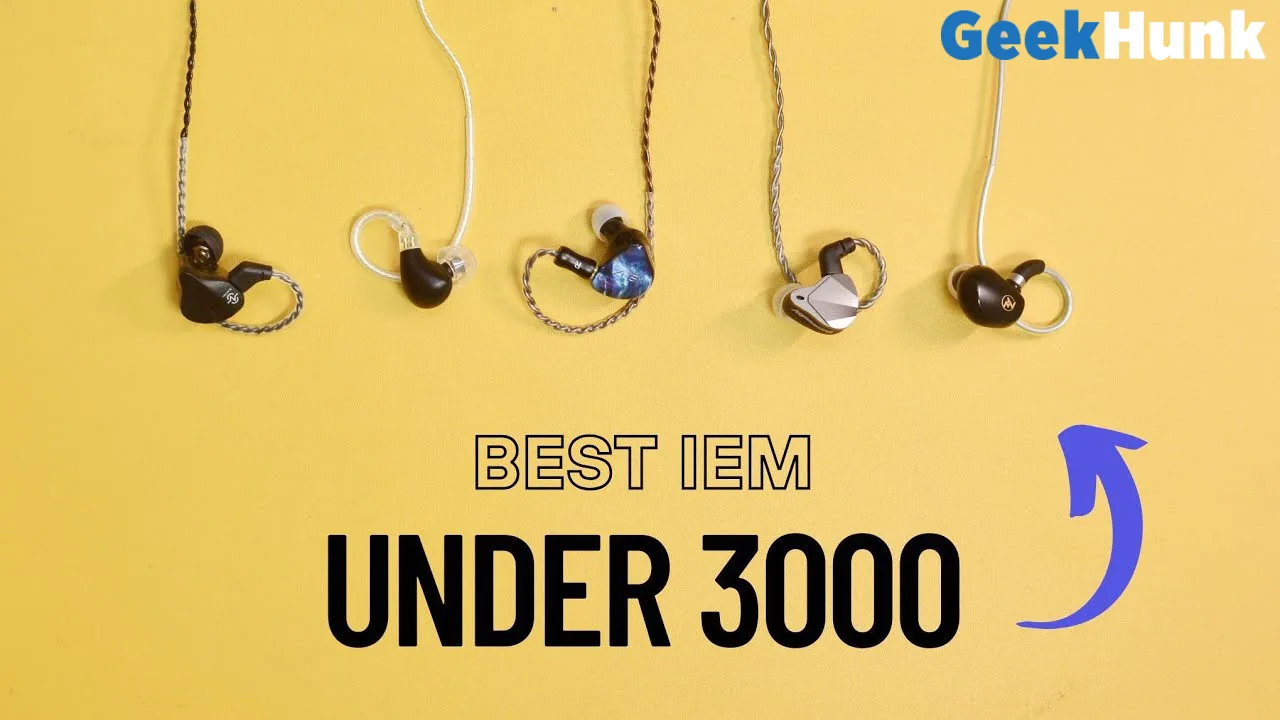

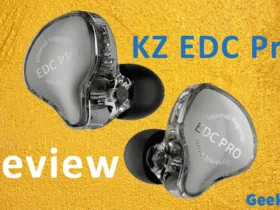





1 Comment